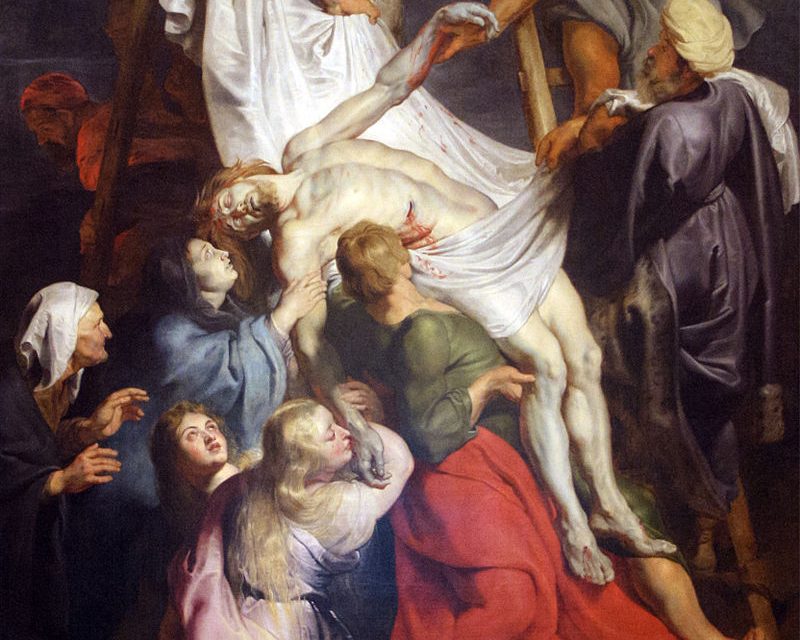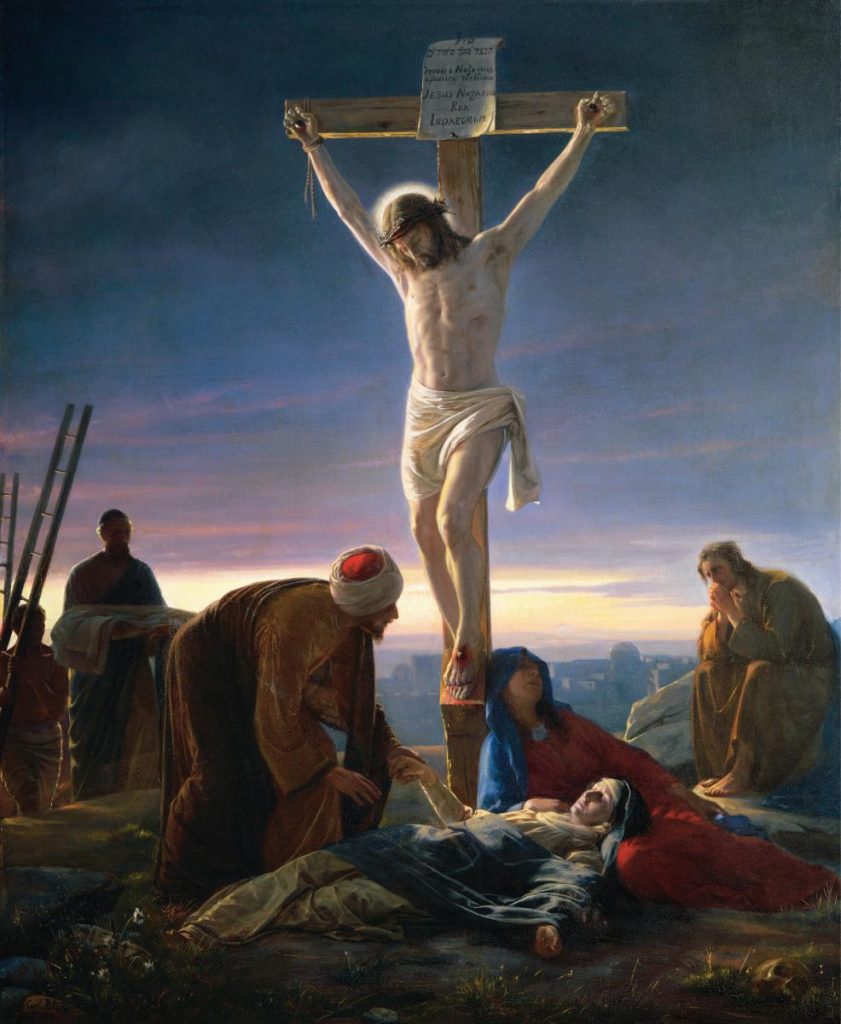Good Friday is one of those holidays that change dates every year — like Passover and Easter. While I accept this, I do find it confusing. I guess it has to do with aligning our Gregorian Calendar with the Jewish Calendar, and the Spring Equinox too. Like I said, it is confusing. But you know me, I like to solve puzzling problems. We need to start with Easter.
How is Easter determined?
We observe Easter on the first Sunday after the paschal full moon following March 21st. First, “Paschal” comes from the word “Pascha” which is Aramaic for the Hebrew word, “Pesah” for Passover. So, the paschal full moon is the Passover full moon. Next, March 21st is the approximate date for the Spring Equinox (in the northern hemisphere, this is March 20 or 21 or 22.) Constantine decided in the Nicaean Council, to choose the date of March 21st as the permanent day for the spring equinox, even though that is not astronomically true every year. This has bothered some churches. In fact, the World Council of Churches voted in 1997 to determine the spring equinox astronomically instead, but as yet, they have not put it into effect.
Now, let’s look at the moon.
Paschal Full Blue Moon for March 2018
In March 2018, there are two full moons. The first is March 1, 2018. The second one — the first full moon after the Spring Equinox of March 20th, is Saturday, March 31st. This is also the first day of Passover. And a Blue Moon. When a month has two full moons the second full moon is called a Blue Moon.
Passover and Easter
Jesus kept the Passover each year. The Last Supper that Jesus had with his disciples was probably a Passover meal:
On the first day of the Festival of Unleavened Bread, when it was customary to sacrifice the Passover lamb, Jesus’ disciples asked him, “Where do you want us to go and make preparations for you to eat the Passover?” (Mark 14:12)
We calculate the date of Good Friday (the day he was crucified) and Easter (the day he was resurrected). Though, Passover and Easter can easily fall on different dates because we have adhered to the Nicaean Council edict.
At the end of the second century (101 AD – 200 AD) Christians observed the day Christ died and arose on the first day of Passover or the following Sunday. But, in 325 AD (325 CE) Constantine and the Nicaean Council fixed the date for Easter as the first Sunday after the first full moon after March 21st. Now, we always determine the date of Easter (Christ’s resurrection) on the first Sunday after the first full moon after March 21st on the Gregorian Calendar. Some orthodox churches use the Julian Calendar and get a different day for Good Friday and Easter.



